Editorial: Palm Beach County needs neighborhood focus; it's not all downtown development.
Much has been written about West Palm Beach's building boom in recent years, and rightly so. It's a small city in dramatic transformation, with more than $2 billion worth of blueprints unfurled on the electronic work tables of its Development Services Department.
But with all the attention paid to the soon-to-be soaring offices projects, waterfront condo towers, hotels and apartment complexes intensifying the downtown streetscape, as they heighten Palm Beach County's national profile, what often gets forgotten is the importance of the small-scale neighborhood hubs outside of downtown where most of us gain our most direct sense of place, of what the community feels like.
More: Nora news: Five things to know about West Palm Beach's newest neighborhood
A combination of market forces, community effort and city stewardship has helped bring several such local hubs to fruition. Others are popping up in West Palm Beach and elsewhere in the county. It's a trend worth encouraging. They've brought positive change, as an antidote to years of sterile suburban sprawl and gated communities absent any sense of individuality — or community.
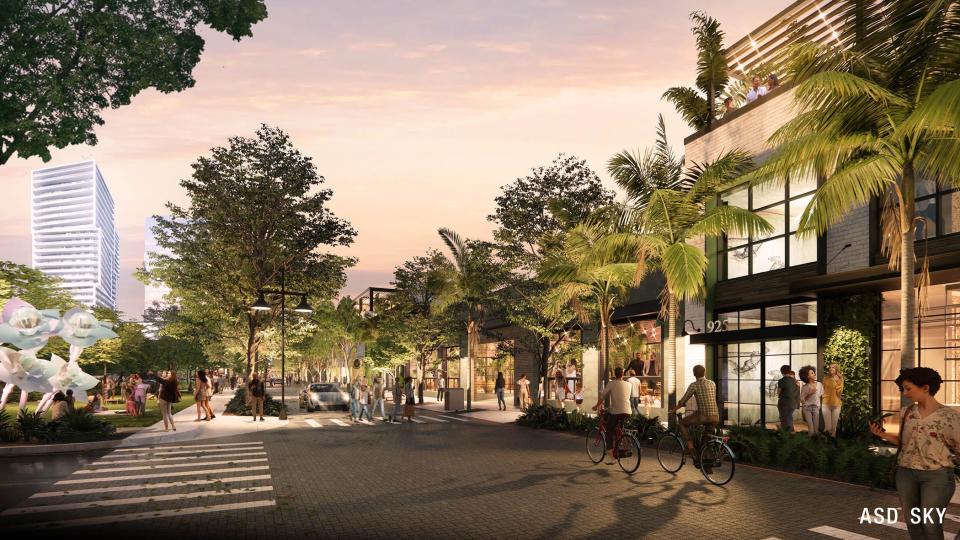
The latest promising project to put shovel to dirt is in the city's Nora District, a neglected warehouse area just north of downtown. As reported by The Palm Beach Post's Alexandra Clough, plans for the Nora project's $123 million first phase, on about 15 of the recently designated district's 40 acres, call for blending the vintage architecture of nine rehabbed older buildings with the contemporary feel of four new ones. Plans call for retaining the area's low building heights and softening the streetscape with greenery. Sunbaked warehouses will give way to restaurants, offices, stores and gyms, with residential development to follow.
More: Reshaping Northwood: Plans progress to anchor the district with housing, galleries, offices
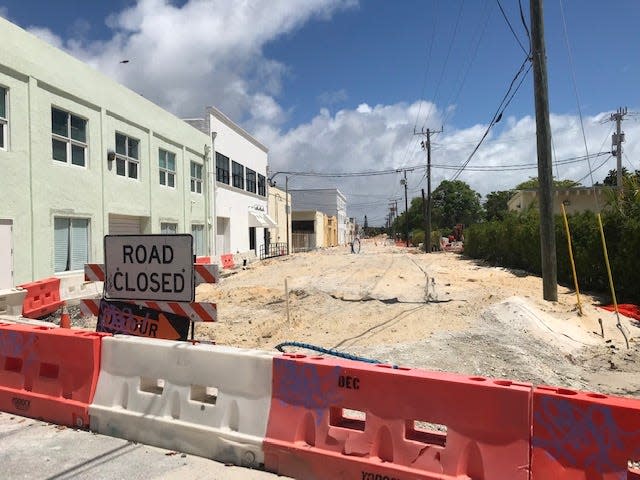
A number of West Palm Beach neighborhoods have demonstrated the benefits of such efforts.
Northwood Road, through the persistence of local shopkeepers, has emerged as a community hub for the city's north end, a place to grab a bite or to browse galleries and boutiques. In the Historic Northwest district, immediately north of downtown, the renovated '30's era jazz spot, the Sunset Lounge, with its adjacent music-themed Heart & Soul Park, is poised to spotlight the city's African American history and serve as a focal point for neighborhood revival.
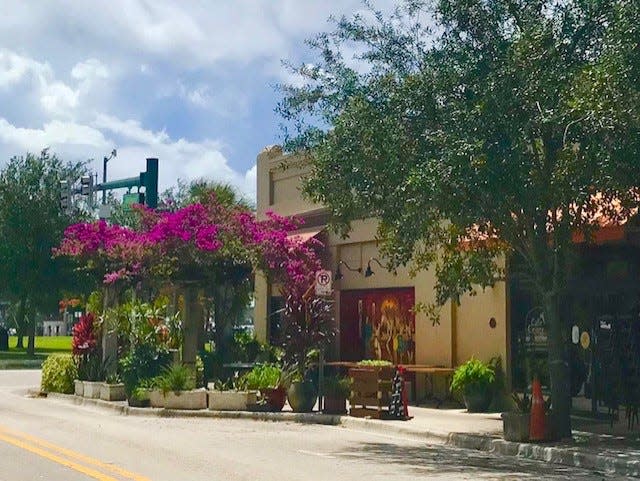
Just south of downtown, investors and entrepreneurs have capitalized on what had become another tired, old warehouse district. Now it's the Warehouse District, not just glary yards where the power company and Department of Public Works maintain trucks. There are new apartments, and a brewery and distillery, along with casual spots to eat and drink, all walking distance (for the hardy), or at least bike-riding or scootering distance, from the Kravis performance halls, Palm Beach Convention Center, The Square and downtown offices.
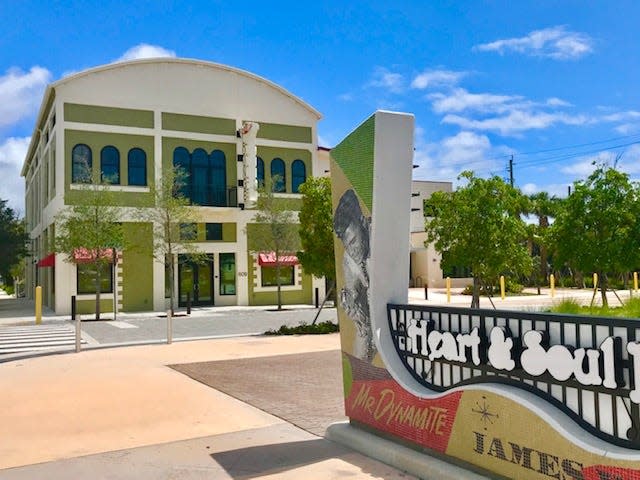
The area south of Southern Boulevard, dubbed "SoSo," also is taking on neighborhood cohesion, while the south end's Tennis Center and just-reopened public golf course and clubhouse, called The Park West Palm, are giving residents recreational places to commune.
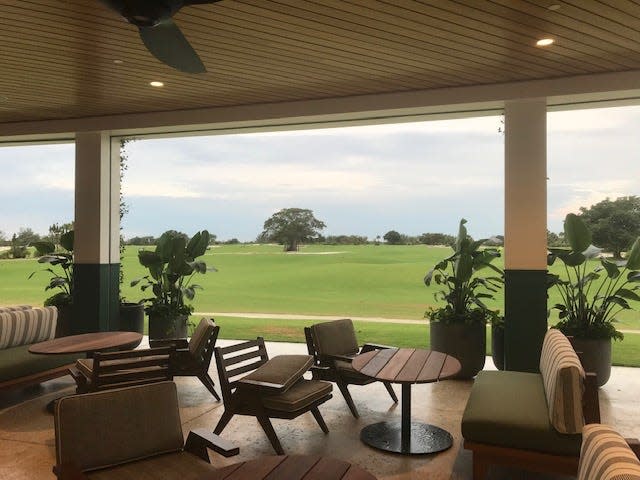
Urban planners understand the ingredients required for livable neighborhoods. We just need to listen.
Some of the ideas date back to ancient civilization but we'd forgotten them in the rush to mass-produce tract housing. We would benefit from housing bunched within walking distance of shops and markets; public plazas for gatherings and events; wide sidewalks shaded by trees and softened with shrubbery; narrow travel lanes that favor a pedestrian's amble over speedy car transit; townhouses and apartments that allow a mix of income levels; attractive architecture providing enough density to generate bustle but without the dehumanizing impacts of tall buildings; preserving the charm of older buildings wherever possible; public buy-in; and it goes without saying, public safety.
West Palm Beach has made progress but could make more. Too often, developers have their say at City Hall, and what they say is, "we want more, taller, bigger — the most we can profit per square foot." But the city and others like it throughout Palm Beach County have shown they can encourage the denser infill development we need, while preserving lower heights and human scale.
The growth is coming. It's important, for our generation and those to follow, that we get it right.
This article originally appeared on Palm Beach Post: Palm Beach County should focus on neighborhood-building,

 money
money 